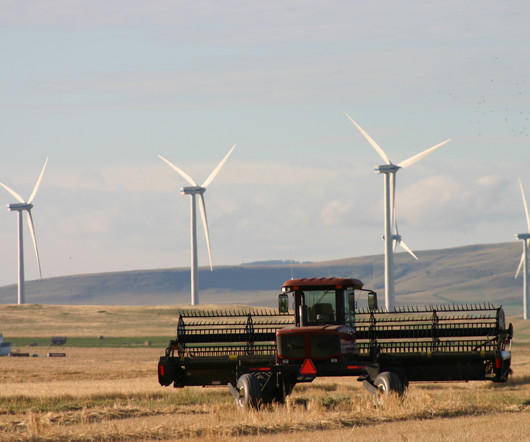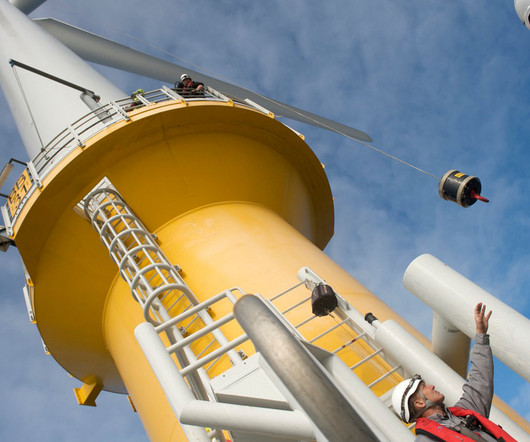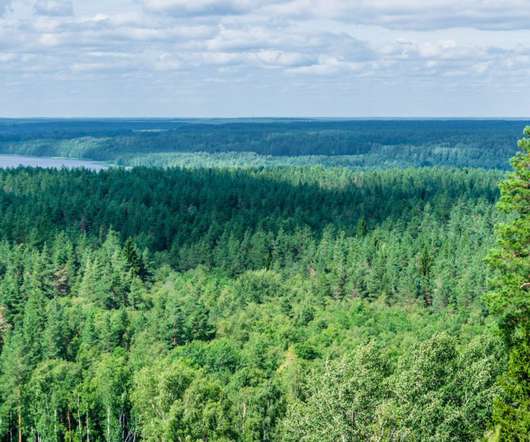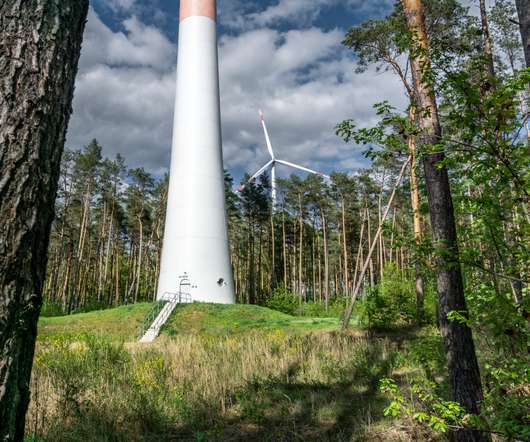Gov. Shapiro Announces Commitment To Get 50% Of Electricity For State Government From Solar Energy Facilities In Pennsylvania
PA Environment Daily
APRIL 22, 2024
By next year, Pennsylvania will get 50 percent of its electricity from ten new solar arrays around the Commonwealth – making Pennsylvania the first state in the country to commit to getting half of its energy from solar power.













Let's personalize your content